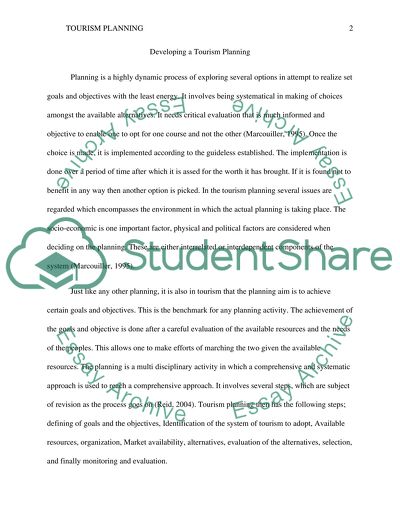Cite this document
(“Develop a tourism planning Assignment Example | Topics and Well Written Essays - 3750 words”, n.d.)
Retrieved from https://studentshare.org/tourism/1402387-develop-a-tourism-planning
Retrieved from https://studentshare.org/tourism/1402387-develop-a-tourism-planning
(Develop a Tourism Planning Assignment Example | Topics and Well Written Essays - 3750 Words)
https://studentshare.org/tourism/1402387-develop-a-tourism-planning.
https://studentshare.org/tourism/1402387-develop-a-tourism-planning.
“Develop a Tourism Planning Assignment Example | Topics and Well Written Essays - 3750 Words”, n.d. https://studentshare.org/tourism/1402387-develop-a-tourism-planning.


